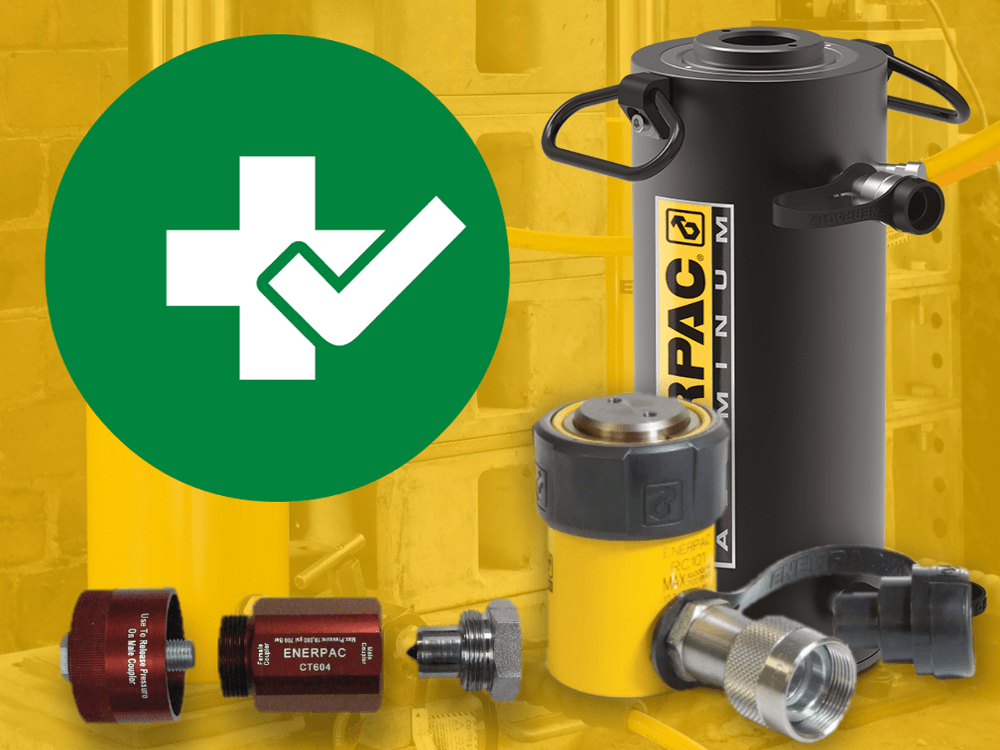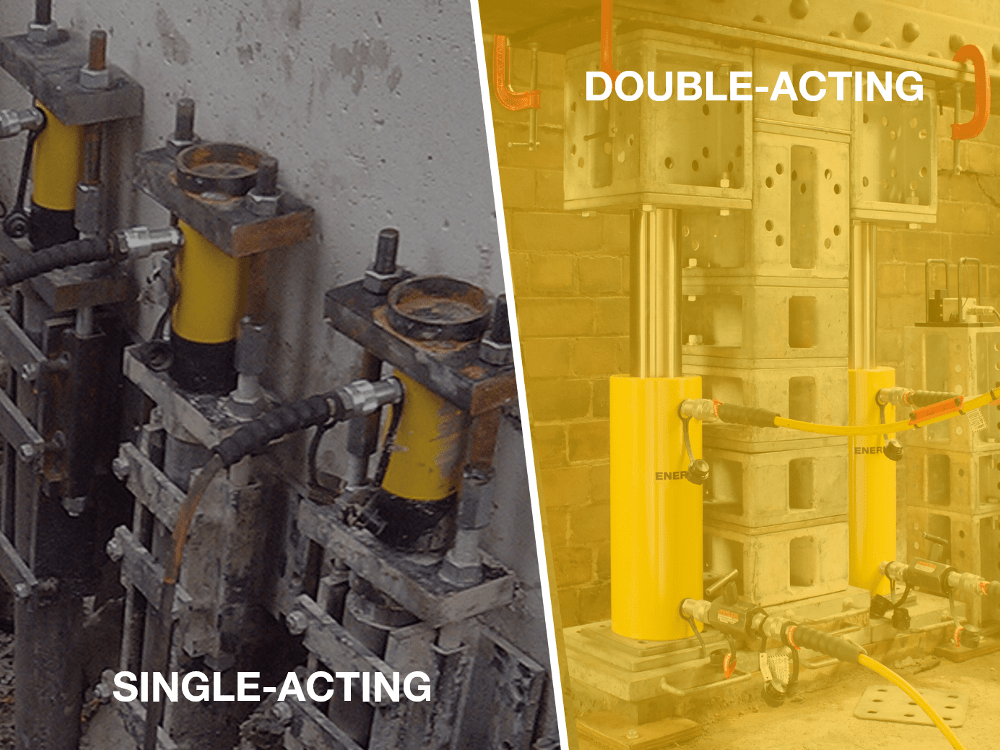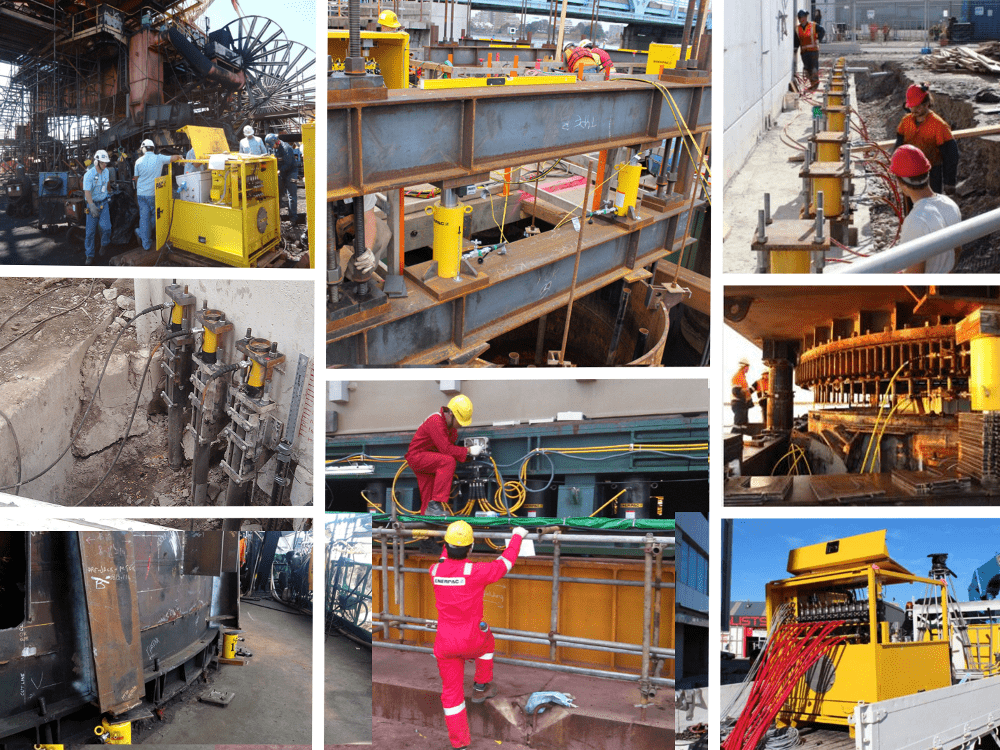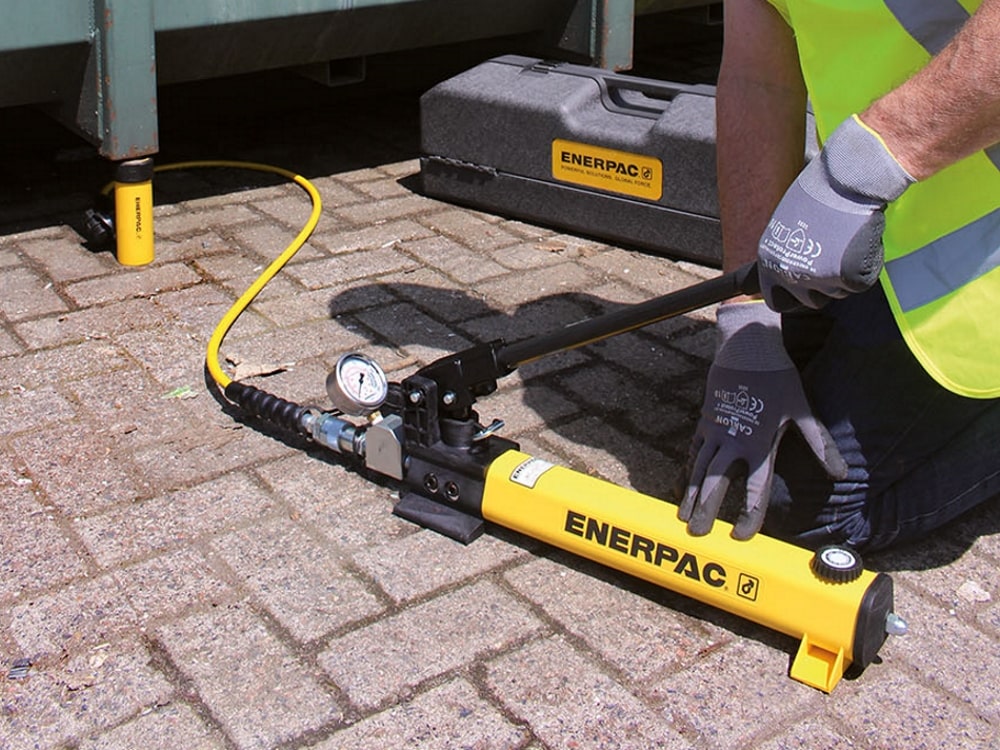Safety Precautions When Using Hydraulic Cylinders
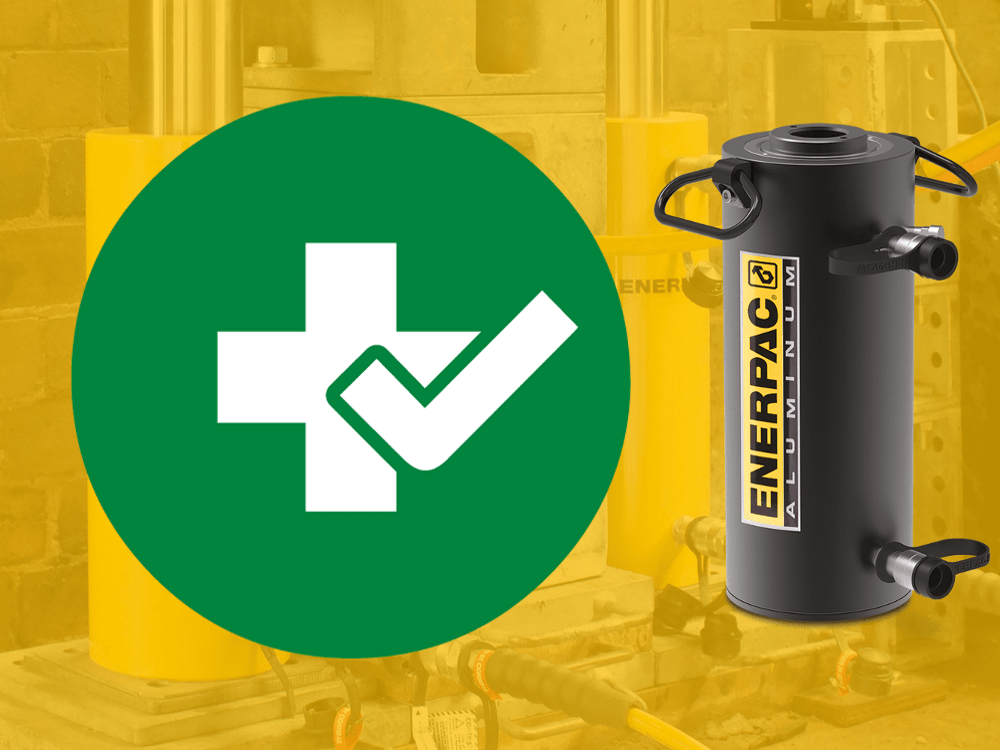
October 8, 2020
0
Cylinders are the Swiss Army knife of the hydraulic tool world. By adding attachments, hydraulic cylinders can turn into a wide variety of hydraulic tools for virtually any application. They can be used in lifting, pushing, pulling, bending or holding. But with so many uses, comes a lot that can go wrong. To decrease the chance of harm when using cylinders, you should consider the following tips when setting up and using your cylinder.
The 80% Rule
In setting up the ideal hydraulic system, your primary focus should always be to protect yourself and others. Following the 80% rule will result in a safer, more stable system. The 80% rule states that manufacturer’s ratings of load and stroke are maximum safe limits. Good practice when using cylinders encourages using only 80% of the load and stroke ratings that the manufacturer gives.

With stroke, leaving distance between the stop ring and the bearing reduces side load force and results in a more stable cylinder. You also avoid causing damage to the stop ring because you don’t run the plunger all the way up and hit the stop ring with the bearing. The reason for applying the 80% rule to cylinder load/capacity is because most loads are not lifted on their true center. This results in an external side load force being put on the cylinder, creating a situation where your load can fall.
Always use a saddle
No matter what the application is, a saddle is an essential part of any job that uses a cylinder. The saddle will not only provide safety on your job site, but also provide longevity for your cylinder. A saddle serves two important purposes. First, it protects the plunger threads from damage, especially when using attachments. Second, it keeps the end of the plunger from becoming deformed. If a saddle is not used, it is common to see the plunger “mushroom.” You should also always have the entire saddle in contact with the load. Saddles distribute the load evenly across the plunger, maximizing cylinder efficiency.
Provide solid support
In order for a cylinder to work safely and efficiently, it needs to have a solid base area. This means that the base of the cylinder needs to be flat on the ground. So make sure the surface that the cylinder is on is clear of any debris. If you are unsure about the surface your cylinder will be placed on, it is recommended that you use a base plate for more stability.
Always use a pressure gauge
A pressure gauge is a main component of a hydraulic system. They provide a window into what is going on within the system. Without a pressure gauge, the factory settings of relief valves can be pushed too far and create a dangerous situation where too much pressure is put on the cylinder. With a pressure gauge, you can easily see what force is being exerted on the cylinder at any given time, making sure to stay within factory settings.
Crib your load
if you are working on your load (e.g. performing maintenance) you should always crib it. Cribbing uses a temporary structure to support the weight of your load while it is worked on. There are many types of cribbing, but the most commonly used is made from softwood, like pine, because it cracks slowly and loudly, giving time for a crew to safeguard themselves and the load. It is imperative to crib a load if you plan on placing any body part underneath the load to protect from bodily harm.
Cylinder condition
Other things you should do when preparing to use a cylinder include checking for signs of damage on the cylinder itself. If there is damage, then the cylinder may not work properly. If you spot a cylinder that has non-manufacturer modifications, don’t use it. When modifications like added handles or lifting eyes are added, it negatively affects the seal material, making the cylinder dangerous to operate.
This article is intended to provide an introductory overview. Only suitably qualified and trained people should operate hydraulic cylinders. For more information safety and training please visit the Enerpac website.
